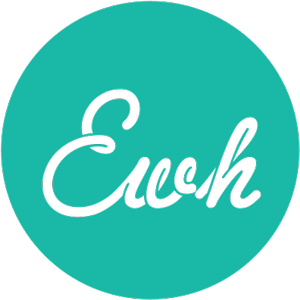
Backstory Basics
Backstory can be essential to understanding a character and his/her journey. It can deepen conflict, reveal motivation and elicit sympathy for a hero or secondary character.
But…
Nothing can kill pacing faster than an info-dump of backstory, especially in the first half of a novel. So when and how best to include it?
Here are 5 tips on how to artfully weave backstory into a middle grade or YA novel:
- Hint at your character’s backstory early on, but hold off on revealing it until the information is crucial for readers – or characters – to know.
- Reveal it piecemeal. Instead of an extended flashback, pick 2 or 3 key moments you can drop in here and there in small chunks – a sentence or two at a time, rather than paragraphs. This allows your reader to play detective and piece the clues together to form the whole picture.
- Have it be activated by something sensory – a sight, smell, sound, taste or feeling. These are powerful memory triggers, and can connect a present experience to a past one, making the details of the backstory feel more germane.
- Put it in a moment of interiority. (This only works if you are writing in 1st or close 3rd person, of course.)
- Reveal it in as few words as possible, artfully chosen. How many of those lyrical details do you really need? Let go of the writerly padding, no matter how much you love the imagery, and focus on the details that move the story forward. Young readers are less interested in backstory than they are in forward moving action.
For more writing and revision tips and tools such as this, take one of my home-study writing courses – Just Write for Kids, Just Write for Middle Grade or Just Write for Young Adults.
Visit: http://justwritechildrensbooks.com for details.
